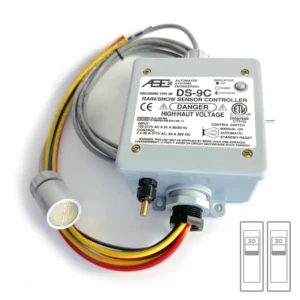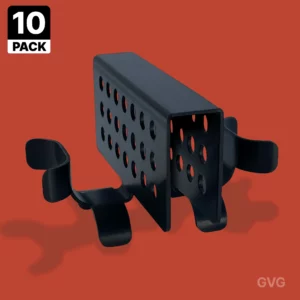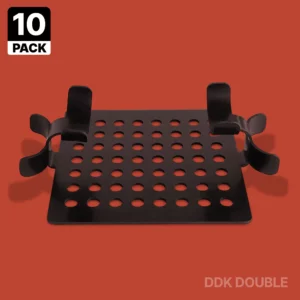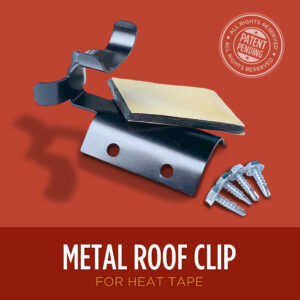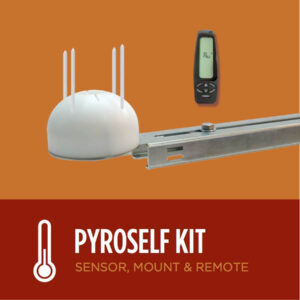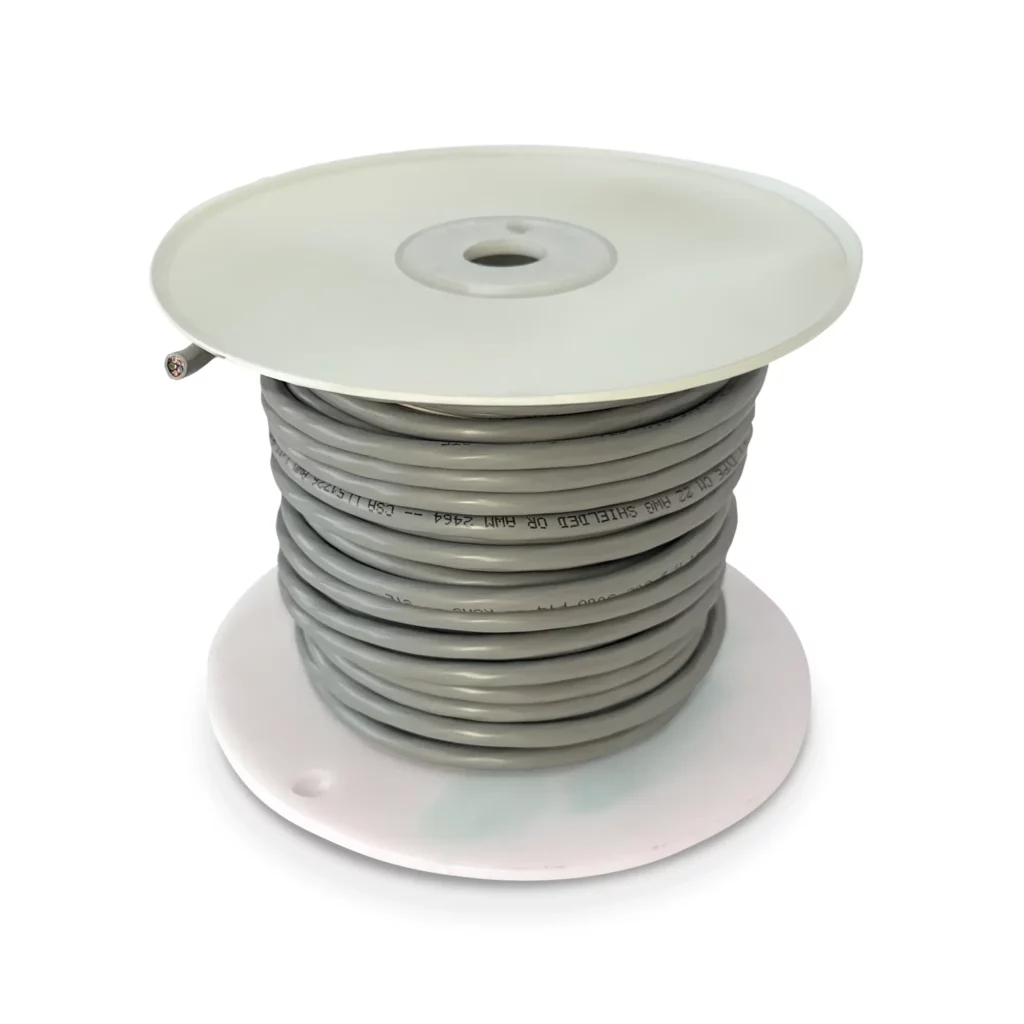
Use to wire a CDP-2 display panel on to a convenient viewing location, 50 Feet of #20 AWG 6 Conductor wire, silver tinning shielded and insulated for 300 volts to eliminate interference and increase safety.
$70.49 – $240.57Price range: $70.49 through $240.57

The primary connection between an ASE DS8 and DS9 Heat Cable Controllers and a CDP-2 remote monitor interface is an cable of superior quality and reliability. When exposed to outdoor conditions cheap cables (such as CAT 5) tend to deteriorate rapidly, leading to erratic and unreliable sensor performance. Similarly, using telephone wire, thermostat wire, or other cheap alternatives will also yield subpar results with the sensor.
“Heat Tape Pro did exactly what I needed it to do. Now I don’t have to worry about water leaking into my house, because I can tell when it’s working by the little light on the end of the cable.”
-Michael P.
Amazon Customer
“This heat tape works as advertised. It was delivered to me fast, and although it’s a little complicated to install, the documentation is good..”
-Shaun D.
Radiant Solutions Customer
“I install thousands of feet of heat tape every year. This is the best stuff I’ve found to protect my customers homes and give them the piece of mind they need.”
-Patrick B.
Professional Installer
The short answer is NO. Self-regulating heat cable does not turn itself on and off automatically. To do that you need to put the cable on a switched circuit or outlet or on a controller. Of course, you can also be old-school about it and simply plug and unplug as needed.
“Self-Regulating” refers to the fact that these cables are temperature sensitive. Due to their construction, these cables sense changes in temperature along their entire length, demanding more power as temps fall and less when they rise.
PipeFreeeze Pro™, Pipe Freeze Protection Solution has a built in thermostatic switch, meaning it will turn on and off on it’s own.
Heat Tape Pro™, does not contain a built-in thermostatic controller. We recommend adding the ThermaCord™ Thermostatic controller to turn your Heat Tape PRO to turn the cable on and off with changes in temperature.
We are building a hand guide to identify what kind of roof you have and find the clips that can/should be used with that roof-type.
View the Guide Explaining What Clips You Need Here
We have a guide on How to Measure for Purchasing Heat Tape that will help you. Once you have your measurements, you can find our Heat Tape Calculator here.
Radiant Solutions products, including Ice Dam Prevention products such as Heat Tape Pro and Pipe freeze Prevention products like Pipe Freeze Pro can be purchase here at this website or at Amazon.com.
Heat Tape PRO can be use with any gutter system made, be it open, closed, metal, plastic, vertical or horizontal. Heat Tape PRO will work throughout the winter to keep an ice free path open for water so it can escape and move away from your home.
Keep in mind that if your home has ice dams in addition to ice in your gutters, you will want to install Heat Tape PRO on your roof to address that problem as well. Heat Cable in the gutters alone will not manage problematic ice on the roof surface.
This includes, but is not limited to:
The type of roof you have determines the roof clips and accessories needed. Check out our Heat Tape Installation Accessories.
Heat Tape Pro has the most comprehensive installation system that works on almost any kind of roof type.
For information about installing Heat Tape Pro on a Natural Slate Roof, Click here.
For information about installing Heat Tape Pro on a Synthetic late Roof, Click here.
The terms heat cable, heat tape and heat trace are all used interchangeably to described heated cables used to protect pipes from freezing, preventing roof and gutter ice dams from forming and for safeguarding temperature sensitive components.
Other terms we’ve seen used regarding Heat Tape are:
Measuring the area of your roof that is affected by ice dams so you know how much heat tape to get is not overly complex, but it does have a few variables. Use our Heat Tape Measuring Guide to understand the process and print a worksheet that you can use to make sure you have all the right numbers.
Once you have all the measurements and considerations you need, use our Heat Tape Calculator to calculate the size of heat tape you should get.
Check out our full list of Frequently Asked Questions on our FAQ Page.
Take a Look at Our Heat Tape Installation Case Studies
Learn a Bit about Ice Dams and How & Why they Form
